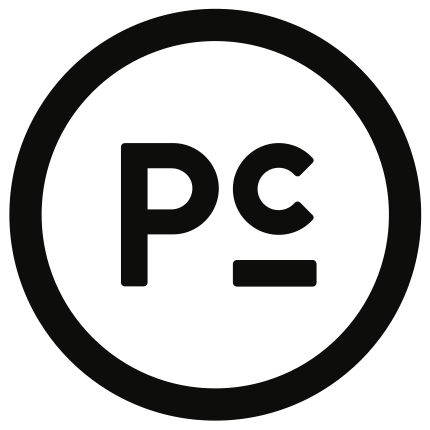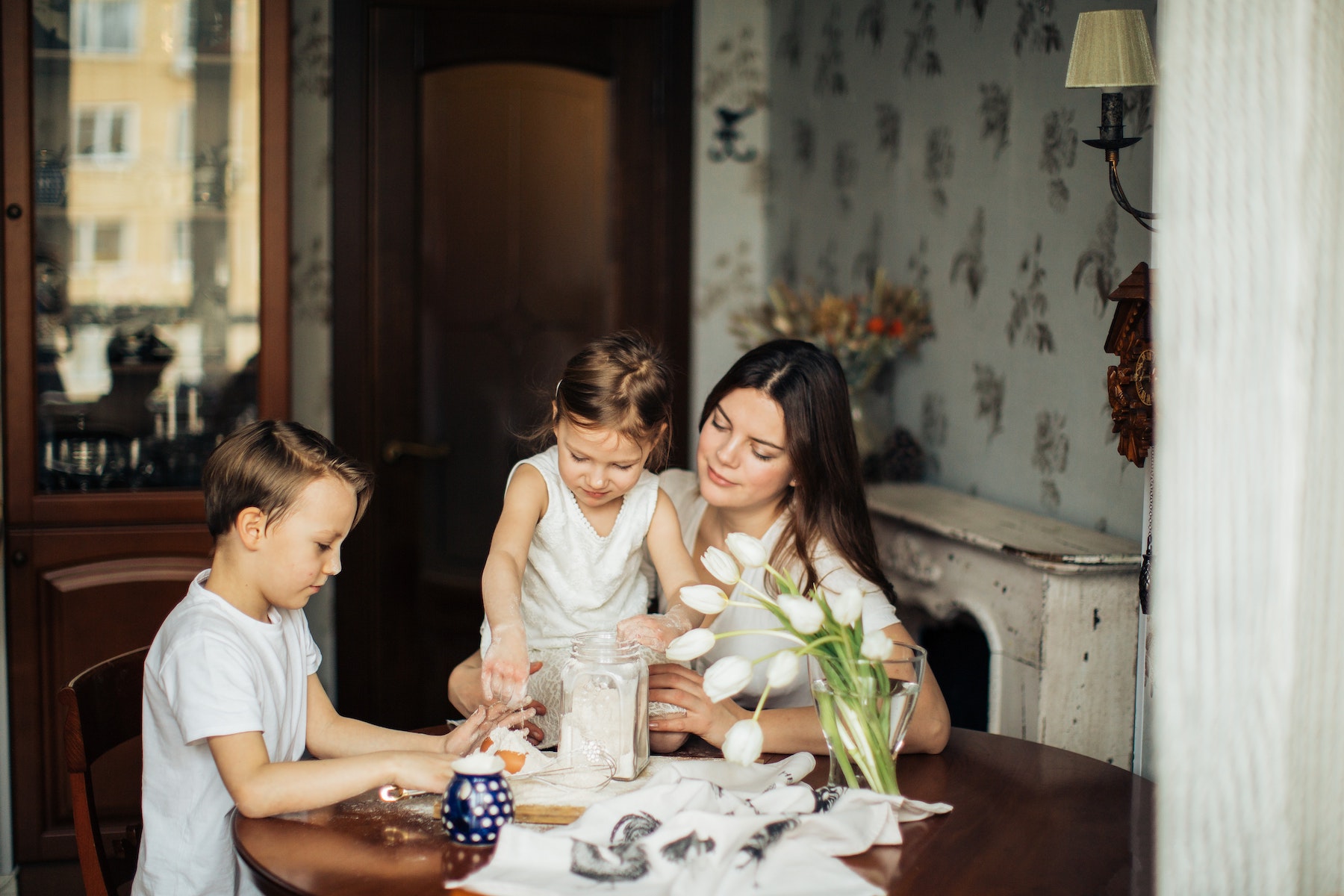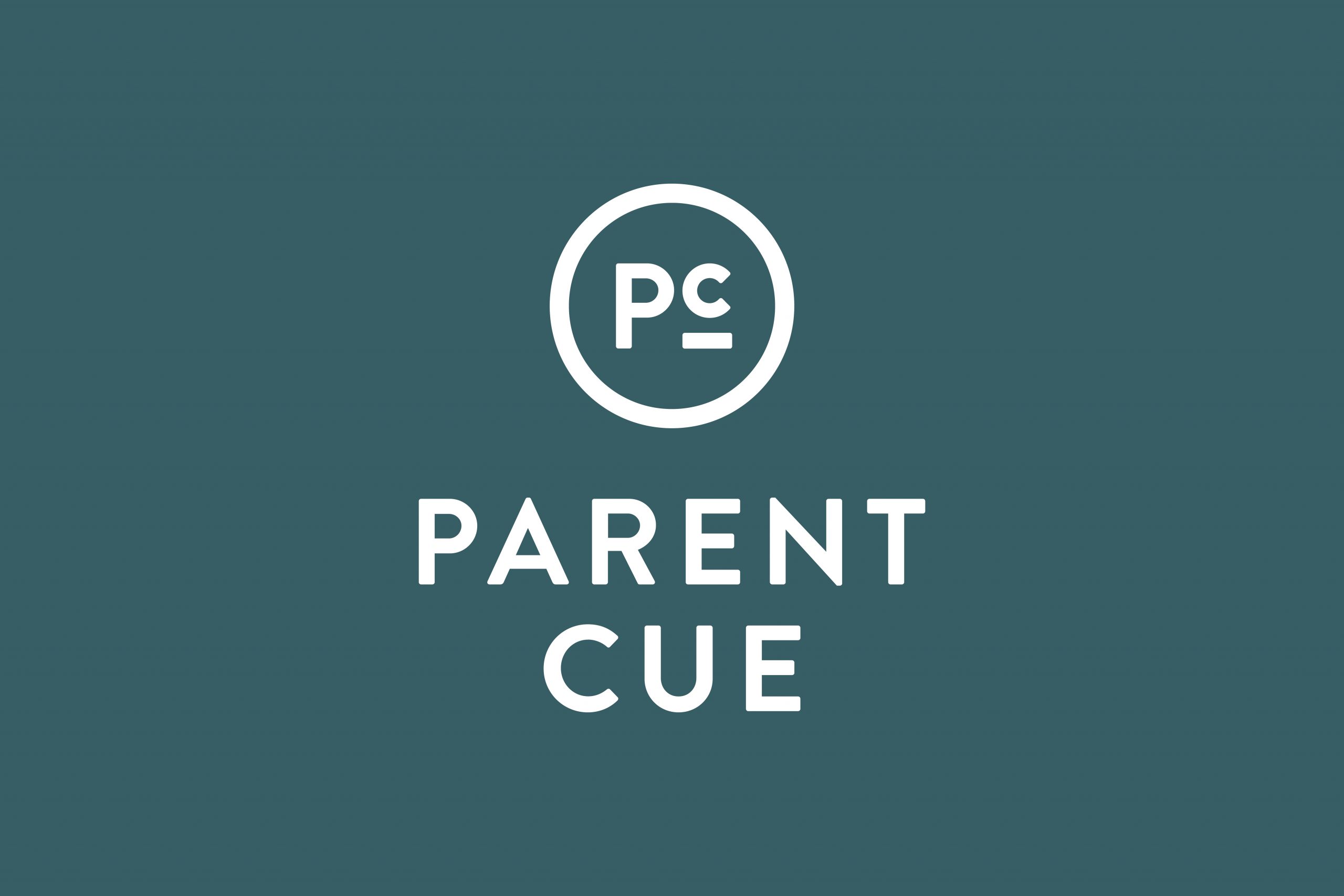
After becoming a dad to a daughter four years ago, I felt the heavy weight of being a positive male presence in her life. Growing up without my dad around very much, I am intimately aware of what comes with a dad’s absence, and I want my children to have the opposite experience. I had this huge sense of responsibility that I was now the primary person in her life to set an example of how all future men should treat her and talk to her.
As a man, having a daughter forces you to slow down and deconstruct what you believe and what society says about a woman’s body and how it’s connected to her worth. And if I’m honest, I think this is where a lot of fathers drop the ball.
If we don’t consciously know what we’ve been taught, it’s hard to consciously know what messages we’re communicating and behaviors we’re modeling.
If culture has shaped our thoughts, we may be unintentionally perpetuating a negative stereotype of beauty to our daughters.
I realize I have to define what beauty is to me and act accordingly. Society has no issue communicating the value of appearance early and often, so as a dad, I have to be a louder voice in the other areas of my daughter’s life that truly matter beyond appearance.
I have to be a louder voice about the value of character.
I have to be a louder voice for self-love and self-confidence.
I have to be a louder voice for how beauty is connected to my daughter’s spirit and how she treats others.
But I can’t hope for my daughter to pick up on something I don’t know myself. So, while I’m taking on the task of learning how I personally define beauty, I can do these things:
I can focus on influencing her beliefs about herself. I can repeatedly speak truths and positive affirmations about my daughter’s appearance. Together, at bedtime, she and I have recited sayings like, “I am beautiful on the inside and outside,” “I am loved by God, my family, and my friends,” “I’m brave,” and “I am kind and loving.” I want to instill words in my daughter’s heart that she can call upon when they’re needed. It’s my hope we can start influencing her beliefs even at four years old.
I can create a family constitution.
My mentor recently advised me to do this—to take some time to determine what our family stands for, what we believe, and clearly articulate what we deem to be appropriate behaviors in our family. With the heart of God in mind, our family’s values articulated, and our daughter’s own self-worth established, I also want to define beauty so it doesn’t become the ever-changing standard of what society says it is. I’m helping her better understand that her appearance is an expression of her values, priorities, beliefs, and her faith.
I can monitor how much I react to her appearance.
I don’t want my praise and compliments to be perceived as the only source of my adoration or affirmation. I can be intentional about connecting compliments back to who my daughter is. I can say things like, “I love how happy you are wearing that dress,” or “That dress reminds me of your positivity,” or “I love how that outfit reminds me of your colorful imagination.” This way, her appearance is a reflection of who she is and not the other way around.
I have to assume I have more influence than I think I do.
All the things I say or do are not consequential. However, I don’t know what will be, so I have to assume my daughter is observing everything—what I say about her mother, the commercials we watch together, and what I say about what I see.
It’s one of my biggest jobs and greatest honors to make sure my daughter knows she’s already beautiful before the world has its say. But I can’t do that until I truly know what beauty means for me and my family. My daughter’s understanding begins at home with me.
What is beautiful, anyway? It’s a question we all ask at some point in our lives. It’s also a question many of us struggle to answer in a way that satisfies or affirms us. But what if we could change that for our daughters? And our daughters’ daughters? What if we could give them a picture of beauty they can embrace—a picture they can see every day looking back at them in the mirror?
A rhyming illustrated book appropriate for ages 6–12, What Is Beautiful? is a whimsical and refreshing reflection on beauty for every girl at every age.





